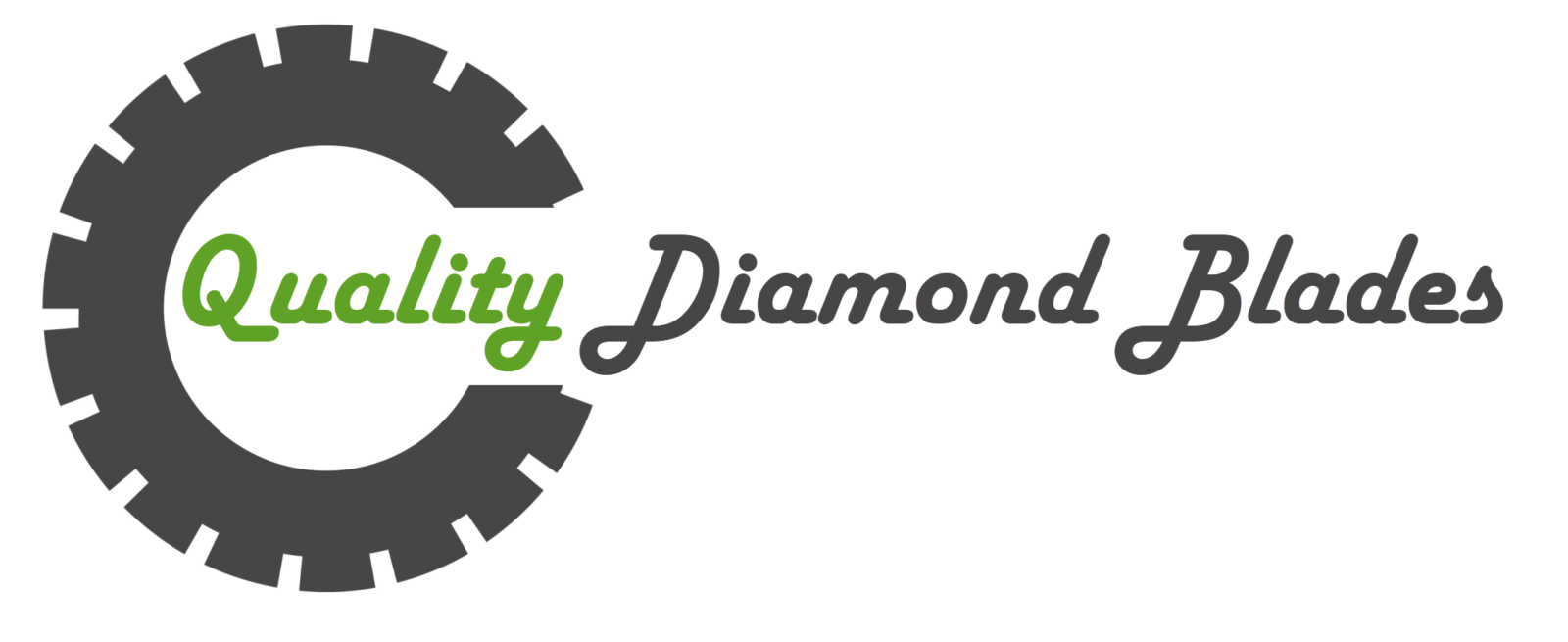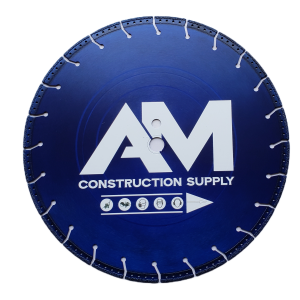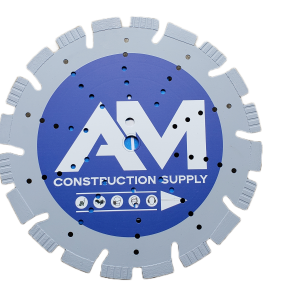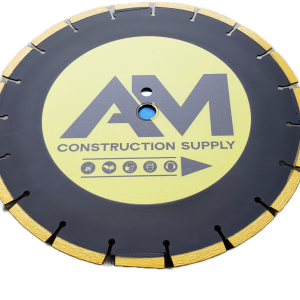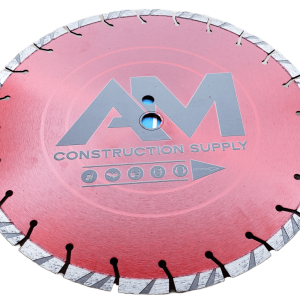Ever wondered why diamond tools come with surprisingly low price tags and advantages? Dive into the world of diamond tools and discover the secrets behind their affordability. Uncover the reasons that make these high-quality tools accessible without breaking the bank. Curious to know how manufacturers manage to offer diamond tools at such competitive prices? Let’s unravel the mystery together.
Key Takeaways
- Consider Quality: When purchasing diamond tools, prioritize quality over price to ensure durability and performance.
- Explore Technology: Stay informed about technological advancements in diamond tool manufacturing to make informed buying decisions.
- Leverage Economies of Scale: Understand how mass production can lower costs and make diamond tools more affordable.
- Competitive Comparison: Compare different brands and suppliers to find the right balance between quality and price.
- Educate Consumers: Educate yourself and others on the factors influencing diamond tool prices to make well-informed choices.
- Spotlight on Quality: Highlight the importance of quality diamond blades for efficient and effective cutting tasks.
Understanding Diamond Tools
Composition
Diamond tools are typically composed of diamond particles embedded in a metal matrix. The materials used in these tools include diamonds, metal powders, and bonding agents. The ratio of diamonds to bonding agents is crucial for the tool’s performance. A higher diamond concentration usually results in a more durable tool.
The composition significantly impacts the tool’s performance. The quality of the bond between the diamonds and the matrix affects how well the tool cuts or grinds different materials. Diamond tools with a precise composition can offer enhanced cutting efficiency and longevity.
Manufacturing Process
The manufacturing process of diamond tools involves several key steps. These include mixing the diamond particles with metal powders and bonding agents, pressing them into shape, and then sintering them at high temperatures to form a solid tool. Precision is vital throughout these steps to ensure uniform distribution of diamonds and proper bonding.
Precision in the manufacturing process is crucial as it directly influences the tool’s quality and performance. Any deviation in the mixing ratios or pressing techniques can result in inconsistencies that affect how well the tool operates. Different manufacturing techniques, such as hot pressing or cold pressing, can impact the final product’s characteristics.
Types Available
Diamond tools come in various types, with segmented and continuous rim blades being common options. Segmented blades have cutouts to help with heat dissipation during cutting, while continuous rim blades provide smoother cuts for delicate materials like tiles or ceramics. The choice between these types depends on the specific application requirements.
Different types of diamond tools cater to diverse applications, ranging from cutting concrete to polishing stones. Each type offers unique benefits and drawbacks based on its design and intended use. For instance, segmented blades excel at fast cutting but may leave rougher edges compared to continuous rim blades known for their precision cuts.
Cost Factors for Diamond Tools
Raw Material Costs
Diamond tools’ raw material costs consist of diamonds, metal powders, and other additives. The quality of these materials significantly impacts the tool’s final price. Fluctuations in diamond prices directly affect the overall cost of manufacturing diamond tools. Higher-quality diamonds lead to more durable tools but also increase production expenses.
The production cost can vary based on the quality of raw materials used. Cheaper diamonds may reduce tool longevity and performance, affecting overall value. Manufacturers often balance material quality with pricing to meet market demands effectively.
Production Techniques
Various production techniques are employed in creating diamond tools, including sintering and electroplating. Sintering involves bonding diamond segments to a metal core under high pressure and temperature, ensuring durability. Electroplating coats a metal substrate with a layer of diamonds, offering precision cutting edges.
Efficient production techniques like sintering ensure cost-effectiveness by optimizing material usage and reducing waste. Advanced methods such as laser welding enhance tool performance and lifespan, contributing to higher prices but improved quality.
Market Demand
The market demand for diamond tools plays a crucial role in determining their pricing. High demand for specific tool types or sizes can lead to price fluctuations due to supply chain constraints. Understanding customer needs and preferences is essential for manufacturers to adjust production volumes accordingly.
Supply and demand dynamics influence industry pricing, with shortages driving up costs while oversupply may lead to price reductions. Market trends like technological advancements or shifts in construction practices impact the availability and cost of diamond tools, prompting manufacturers to adapt their strategies accordingly.
Advancements in Technology
Improved Manufacturing
Automation
Automation plays a crucial role in the manufacturing of diamond tools. Automated processes streamline production, reducing manual labor and human error. This results in increased efficiency and consistency in tool quality.
- Reduced labor costs
- Enhanced production speed
Precision Engineering is another key aspect of diamond tool production. It involves creating tools with extremely accurate specifications to ensure optimal performance and longevity. Through precision engineering, manufacturers can achieve consistent tool quality and meet customer demands effectively.
- Enhanced tool performance
- Improved durability
Material Innovations
Recent innovations in diamond tool materials have revolutionized the industry. New materials offer improved hardness and wear resistance, leading to longer tool lifespan and better performance. These advancements also contribute to more competitive pricing, making diamond tools more accessible to a wider market.
- Longer tool lifespan
- Competitive pricing
Economies of Scale
Mass Production Benefits
Mass production allows manufacturers to produce diamond tools in large quantities, reducing production costs per unit. This leads to lower prices for consumers. The efficiency gained through mass production enables manufacturers to invest in advanced technologies, further improving tool quality.
The advantages of mass production extend beyond cost reduction. By producing large volumes of tools, manufacturers can meet market demands more effectively. This increased availability ensures that consumers have access to a wide range of diamond tools for various applications.
Global Supply Chains
The diamond tool industry relies on global supply chains to source raw materials and distribute finished products worldwide. Efficient supply chains play a crucial role in determining the final price of diamond tools. A well-organized supply chain helps reduce transportation costs, ultimately benefiting consumers with lower prices.
Supply chain efficiency is essential for meeting market demands promptly. By streamlining processes and optimizing logistics, manufacturers can ensure a steady supply of diamond tools to retailers and end-users. This reliability in the supply chain contributes to maintaining competitive pricing in the market.
Competitive Market Landscape
Price Wars
In the diamond tool market, competitive pricing strategies are prevalent. Manufacturers often engage in price wars to attract customers. These price battles involve regularly lowering prices to gain a competitive edge. Such tactics can lead to lower profit margins for manufacturers.
Consumers benefit from price wars as they can purchase diamond tools at lower prices than usual. However, this constant focus on pricing may have negative consequences. It can result in diminished product quality, as manufacturers may cut corners to reduce costs.
Over time, the effects of price competition on product quality can be significant. Constantly reducing prices can force manufacturers to compromise on materials and craftsmanship, impacting the overall durability and performance of the tools. This can ultimately lead to dissatisfied customers and a decline in brand reputation.
Brand Strategies
Diamond tool manufacturers employ various branding tactics to differentiate themselves in the market. Building a strong brand image is crucial for attracting customers and establishing trust. Companies invest in marketing campaigns, sponsorships, and endorsements to enhance their visibility.
Brand reputation plays a vital role in determining pricing strategies within the industry. Established brands with a reputation for quality and reliability can command higher prices for their products. Consumers are often willing to pay more for tools from reputable brands due to the assurance of superior performance.
In the diamond tool industry, brand loyalty is essential for long-term success. Manufacturers strive to cultivate a loyal customer base through consistent product quality and excellent customer service. Loyalty programs, discounts for repeat customers, and exceptional after-sales support are common strategies used to foster brand loyalty among consumers.
Quality vs. Price
Performance Analysis
Diamond tools’ quality is assessed through various performance metrics, such as cutting speed and precision. Consumers often prioritize these factors when evaluating tool performance. The ability to cut through materials swiftly and accurately is crucial for professionals in industries like construction and manufacturing. These metrics directly influence purchasing decisions, as users seek tools that offer optimal performance for their specific needs.
Moreover, the wear resistance of diamond tools is a key indicator of high performance. Tools with superior wear resistance can maintain their sharpness and effectiveness over extended periods of use. This characteristic ensures consistent cutting performance and minimizes the need for frequent replacements, making them cost-effective in the long run.
Longevity and Durability
The longevity and durability of diamond tools are influenced by factors such as diamond concentration, bond strength, and manufacturing techniques. Diamond concentration refers to the amount of diamonds embedded in the tool, which directly impacts its cutting efficiency and lifespan. A higher diamond concentration typically results in longer-lasting tools with enhanced cutting capabilities.
The bond strength between the diamonds and the tool matrix plays a crucial role in determining durability. A strong bond ensures that the diamonds remain securely attached during operation, preventing premature wear or breakage. Manufacturers employ advanced bonding technologies to enhance tool durability and reliability in demanding applications.
Investing in durable diamond tools is essential for professionals seeking long-term savings. While these tools may have a higher upfront cost, their extended lifespan and consistent performance justify the initial investment. Durable tools reduce downtime caused by frequent replacements, leading to increased productivity and cost-efficiency in the long term.
Consumer Perception
Value for Money
Diamond tools are known for their durability and precision, making them a popular choice among professionals. Value for money is crucial when purchasing these tools, ensuring that the quality justifies the price. Consumers should consider factors such as longevity and performance when evaluating the value of diamond tools.
When it comes to pricing, it typically reflects the quality of materials used in manufacturing the tools. Higher-priced diamond tools often incorporate premium diamonds and advanced technology, resulting in superior performance and longer lifespan. On the other hand, lower-priced options may compromise on quality, affecting both efficiency and durability.
To maximize value when buying diamond tools, consumers should prioritize reputable brands known for their quality products. Considering factors like warranty, customer reviews, and product specifications can help ensure a satisfactory purchase that offers long-term value.
Brand Trust
Brand trust plays a significant role in the diamond tool industry as it influences consumer decisions and loyalty. Established brands with a reputation for quality and reliability instill confidence in consumers, leading to repeat purchases and positive recommendations. The trust built over time by these brands is invaluable in a competitive market.
In the context of diamond tools, brand trust signifies a commitment to delivering high-quality products consistently. Consumers rely on trusted brands for their expertise in diamond tool manufacturing, ensuring that they receive reliable tools that meet their expectations. This trust factor enhances customer satisfaction and fosters long-term relationships.
Reputable brands maintain trust with customers through various strategies such as transparent communication, consistent product quality, and excellent customer service. By prioritizing customer needs and feedback, these brands build credibility and loyalty among consumers who value reliability and performance in their diamond tools.
Quality Diamond Blades Spotlight
Commitment to Quality
Quality assurance plays a significant role in diamond tool manufacturing, ensuring precision and durability. Manufacturers invest in rigorous testing processes to maintain high standards. This commitment directly impacts pricing, as premium quality tools often come at a higher cost due to superior materials and craftsmanship. Brands that prioritize quality build a strong reputation for reliability and performance among consumers. Investing in high-quality diamond tools guarantees long-term efficiency and reduces the need for frequent replacements.
Manufacturers focus on strategic pricing to remain competitive in the market. They analyze various factors like production costs, demand, and competition when setting prices. By implementing dynamic pricing strategies, companies can adjust prices according to market trends while maintaining profitability. Pricing decisions directly influence a brand’s position in the market, determining whether they are perceived as a premium or budget-friendly option. Balancing affordability with quality is crucial for manufacturers to cater to diverse consumer preferences and retain a competitive edge.
Competitive Pricing Strategy
- Pros:
- Enables manufacturers to reach a wider customer base by offering affordable options.
- Helps in creating brand loyalty by providing value for money products.
- Cons:
- May lead to compromises in quality to meet low price points.
- Intense competition can result in price wars affecting profit margins.
Making the Right Choice
Assessing Needs
To determine the appropriate diamond tool for a project, first assess the specific requirements. Consider factors like material hardness, cutting depth, and blade diameter. Match the tool’s specifications to your project needs for optimal performance.
When choosing a diamond tool, evaluate aspects such as blade type, segment height, bond hardness, and diamond concentration. These factors impact cutting speed, durability, and precision. Ensure that the tool’s characteristics align with the demands of your project.
Tips for matching tool specifications to project requirements include analyzing the material to be cut, selecting the right blade type (continuous rim, turbo rim, segmented), and considering water usage for cooling during operation. Understanding these elements guarantees efficient and effective tool utilization.
Comparing Options
When comparing diamond tool options, create a framework based on factors like cost-effectiveness, performance, and durability. Evaluate brands based on their reputation for quality and reliability in various applications.
Key factors to consider when evaluating tool choices include price point, blade lifespan, cutting speed, and adaptability to different materials. Balance these aspects according to your priorities – whether it’s longevity, precision cutting, or versatility across projects.
A comparative analysis of popular diamond tool brands reveals distinctions in quality, pricing strategies, and specialization. Brands like Husqvarna are known for professional-grade tools suitable for heavy-duty applications. In contrast, Bosch offers a range of affordable yet reliable options for DIY enthusiasts.
Final Remarks
You’ve delved into the world of diamond tools, understanding why they come at such competitive prices. Factors like technological advancements, economies of scale, and a bustling market all play a role. Quality doesn’t always have to break the bank; you can find top-notch diamond tools without compromising on performance. By making informed decisions based on quality rather than just price, you ensure efficiency and longevity in your projects.
As you navigate the realm of diamond tools, remember to prioritize quality and value over mere cost. Choose wisely based on your specific needs and projects. Your selection can significantly impact your outcomes. Keep exploring new technologies and market trends to stay ahead in the game. Make the right choice for durable, efficient diamond tools that elevate your workmanship.
Frequently Asked Questions
Why are diamond tools priced so competitively?
Diamond tools are affordable due to advancements in technology, allowing for more cost-effective production. Economies of scale play a role, as increased demand leads to lower per-unit costs. The competitive market landscape also drives prices down as manufacturers strive to offer the best value.
What factors influence the cost of diamond tools?
Cost factors include raw material quality, manufacturing processes, brand reputation, and product complexity. Higher-quality diamonds and advanced manufacturing techniques can increase prices. However, economies of scale and market competition often lead to more affordable options for consumers.
How does consumer perception impact the pricing of diamond tools?
Consumer perception influences pricing through brand reputation, perceived quality, and market demand. Brands offering high-quality products at competitive prices can attract more customers. Positive reviews and word-of-mouth recommendations also play a significant role in shaping consumer perceptions and pricing strategies.
What should I consider when choosing between quality and price for diamond tools?
When choosing between quality and price, consider your specific needs and budget constraints. Opting for higher-priced, premium diamond tools may offer better performance and durability in the long run. However, budget-friendly options can still provide satisfactory results for less demanding tasks.
What technological advancements have contributed to the affordability of diamond tools?
Technological advancements such as improved diamond synthesis techniques, innovative bonding methods, and precision manufacturing processes have enhanced efficiency and reduced production costs. These advancements enable manufacturers to offer high-quality diamond tools at competitive prices without compromising performance or durability.
